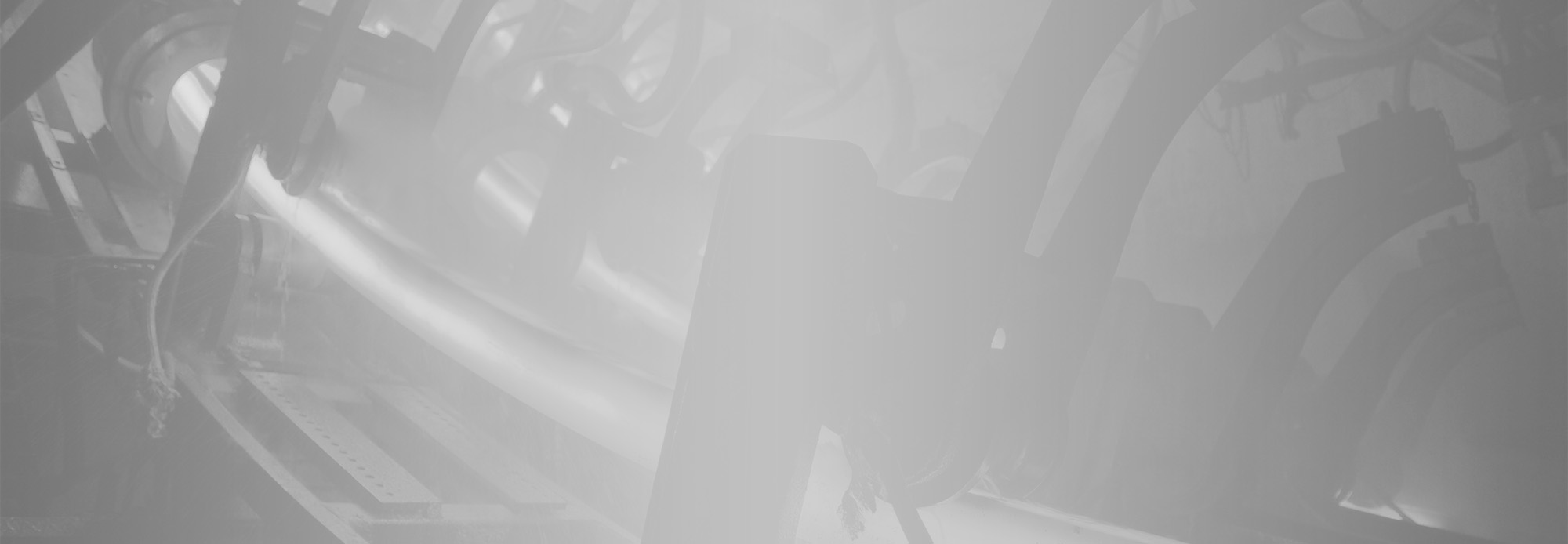நவ் . 27, 2024 08:20 Back to list
Exploring Various Materials for Interior Wall Design and Aesthetic Enhancements
Exploring Interior Wall Materials A Comprehensive Guide
When it comes to interior design, the choice of wall materials can dramatically affect the ambiance and functionality of a space. From aesthetics to acoustics, durability to maintenance, the materials selected play a crucial role in how a room feels and performs. This article explores various interior wall materials, their benefits, and considerations for choosing the right one for your project.
1. Drywall (Gypsum Board)
Drywall, also known as gypsum board or plasterboard, is one of the most popular materials for interior walls. It consists of a layer of gypsum sandwiched between two sheets of heavy paper. The primary advantage of drywall is its affordability and ease of installation. It’s relatively lightweight, making it simple to handle during renovations or new constructions.
One of the drawbacks of drywall is its susceptibility to moisture damage, which can lead to mold growth if exposed to water for extended periods. Therefore, in high-moisture areas like bathrooms or kitchens, moisture-resistant drywall is recommended. Additionally, while drywall can be painted or finished in various ways, it might require periodic maintenance, such as touch-ups or repairs from dents and scratches.
2. Plaster
Plaster is a traditional wall material that has been used for centuries. It provides a solid, durable surface and can be molded into various textures and finishes, giving an elegant aesthetic to any space. Plaster walls are known for their acoustic properties, helping to reduce noise transmission between rooms.
However, plaster is heavier and more labor-intensive to install compared to drywall. It also requires skilled labor for proper application. While it is more durable than drywall, repairs can be challenging, often necessitating the expertise of a professional. Despite these drawbacks, the timeless beauty and durability of plaster make it a favored choice in many older homes.
3. Wood Paneling
Wood paneling adds warmth and character to a room, making it a popular choice for both traditional and contemporary designs. There are various types of wood paneling, including solid wood, plywood, and engineered wood. This material can create a cozy atmosphere and provide excellent insulation.
However, wood paneling requires maintenance to prevent warping and damage from moisture. It can also be relatively expensive compared to other options. Nonetheless, for those seeking a unique aesthetic, wood paneling can be a stunning addition to any interior space.
interior walls materials

4. Brick and Stone
Exposed brick and stone walls are highly sought-after features that lend a rustic or industrial feel to a space. These materials are incredibly durable, withstanding the test of time while also offering excellent sound insulation. They can serve as a striking focal point in any room.
However, the installation of brick or stone walls can be labor-intensive and costly. Additionally, these materials can retain cold and heat, potentially impacting the room’s temperature regulation. Proper insulation is crucial when using brick or stone as primary interior wall materials.
5. Glass
Glass walls or partitions are becoming increasingly popular in modern interior design. They promote an open-concept feel, maximizing natural light and making spaces appear larger. Glass walls can be both functional and aesthetic, serving as a division of spaces while maintaining visibility.
However, glass can be challenging regarding privacy and heat loss. While frosted or tinted varieties offer some solutions, they may not be ideal for every application. Furthermore, maintaining cleanliness and avoiding smudges are practical considerations for glass surfaces.
6. Vinyl and Wallpaper
For those seeking versatility and ease of application, vinyl and wallpaper are excellent options. Wallpaper comes in various designs, patterns, and textures, allowing for extensive customization of a space. Vinyl wall coverings are known for their durability and can be wiped clean, making them suitable for high-traffic areas.
However, wallpaper can be challenging to install and remove, particularly if it’s not peel-and-stick. Additionally, some vinyl options may emit volatile organic compounds (VOCs), so it's essential to choose products that are environmentally friendly.
Conclusion
The choice of interior wall materials is pivotal in defining the character and functionality of a space. Each material has its unique set of benefits and drawbacks, and the right choice will depend on aesthetic preferences, budget constraints, and intended use. By considering these factors carefully, homeowners and designers alike can create beautiful, functional interiors that reflect their style and meet their needs. Whether opting for the classic appeal of plaster, the warmth of wood, or the sleekness of glass, the right wall material can transform a house into a home.
-
Environmentally Friendly Granule Covering Agent: Sustainable Solutions
NewsAug.27,2025
-
High Purity Graphitized Petroleum Coke & Low Nitrogen Recarburiser
NewsAug.26,2025
-
Fe-C Composite Pellets for BOF: Enhance Efficiency, Lower Steelmaking Costs
NewsAug.25,2025
-
Durable Building Material for Round Wall Exporters | Custom Shapes
NewsAug.24,2025
-
Tundish Dry Vibrator: Boost Steel Casting Performance
NewsAug.23,2025
-
Thermal Insulation Cups Materials Exporters - Quality & Durable Supplies
NewsAug.22,2025
